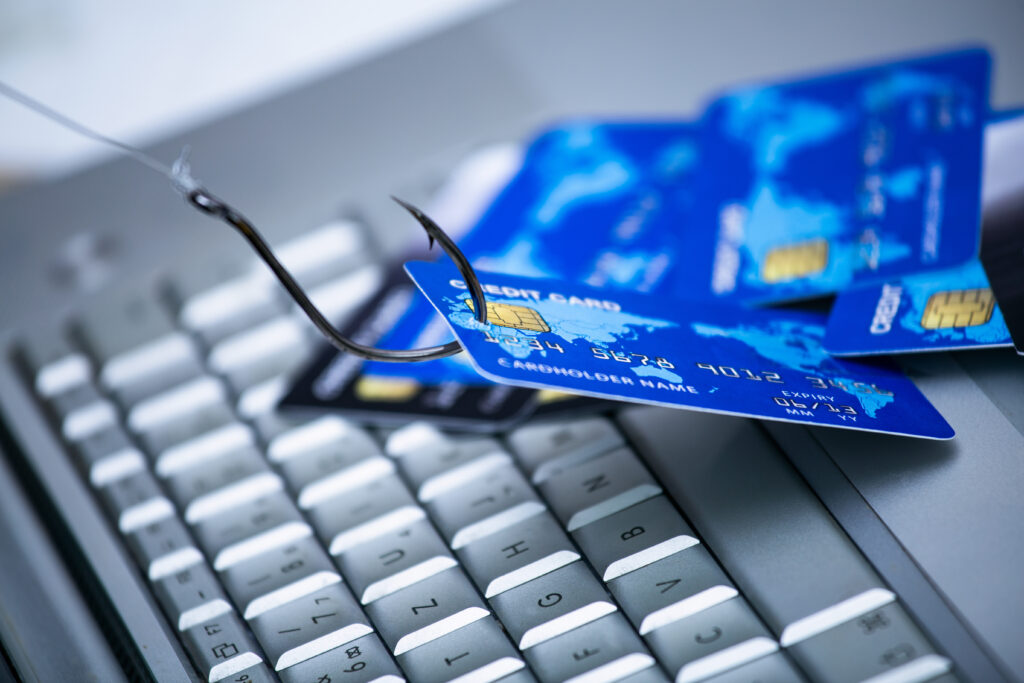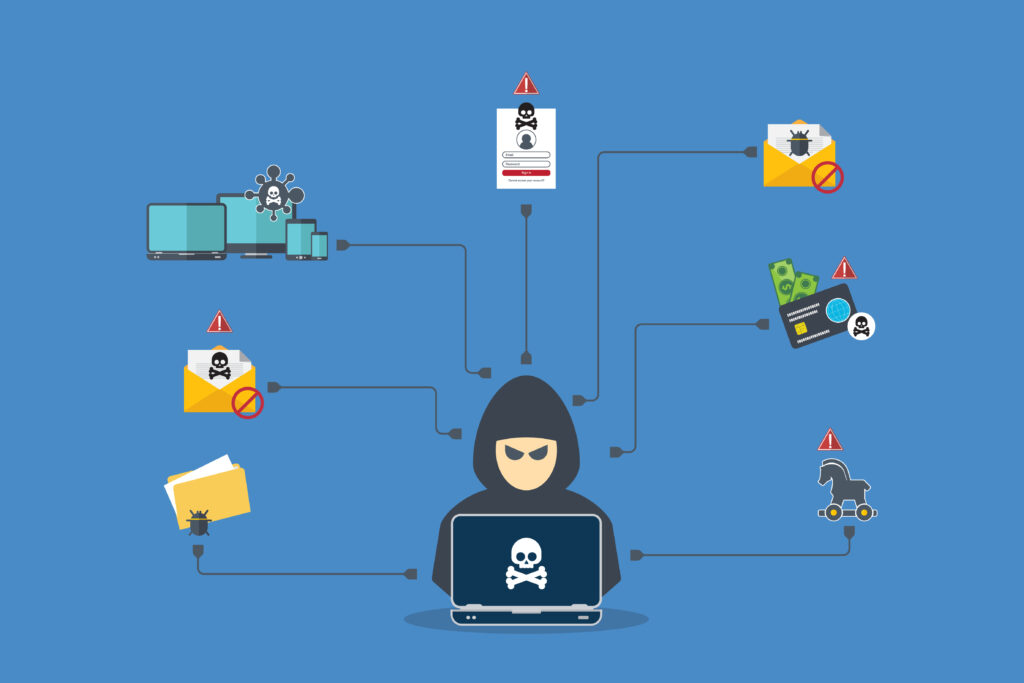Phishing is a kind of internet fraud that exploits email, text messages, or social media messages to trick you into revealing confidential information. The term “phishing” is a wordplay on “fishing” since both involve baiting something to catch it. However, instead of using a fishing rod, phishers use a fake email or message to entice the victim into giving away their personal information or clicking on a link. The term originated in the mid-1990s when hackers wanted to steal login credentials and other sensitive information from unsuspecting users. As time passed, the practice of phishing has become more widespread and sophisticated, putting individuals and organizations at risk of falling victim to this threat.
High-Profile Phishing Attacks
High-profile phishing attacks have caused significant damage in recent years. Phishing was the second most common cause of data breaches, costing $4.91m, according to IBM’s 2022 Cost of Data Breach Report. Web applications and email servers are the top two assets impacted by breaches, with financial and Software-as-a-Service sectors being the most targeted. In 2021, REvil used a phishing attack to target Kaseya, resulting in the encryption of over 1,500 businesses’ data. Cybercriminals used a phishing email to trick employees at the UN’s International Atomic Energy Agency into revealing their login credentials.
How Hackers Trick People into Revealing Personal Information
There are several phishing methods, including email phishing, spear phishing, and smishing. Let’s take a closer look at each of these methods.
Email Phishing
Email phishing involves sending fake emails that appear to be from legitimate sources in order to trick people into providing personal information.
Email phishing is like a wolf in sheep’s clothing, disguising itself as a harmless message from a trusted source, such as a bank or a popular website. The email may even include a link to a counterfeit website that looks identical to the genuine one, luring the target to enter their login credentials or other sensitive information. Just as the wolf’s disguise conceals its true intentions, the cybercriminal’s email masks their malicious intent to steal personal information or access secure accounts. It’s important to remain vigilant when receiving unexpected emails and to always double-check the sender’s legitimacy and the authenticity of any links provided.
Spear Phishing
Spear phishing is a targeted form of phishing that is directed at a specific individual or organization. Attackers use information about the target gathered from social media, public databases, or other sources to personalize the phishing email, making it appear more authentic and convincing.
Spear phishing is like a trained sniper taking aim at a particular person or group. The attackers gather information from various sources, such as social media and public databases, to tailor the phishing email to the target. This customization makes the message appear more genuine and persuasive, just as a sniper takes careful aim before firing to ensure a successful shot. The attackers may even use tactics like social engineering to gain the trust of their target, much like a skilled con artist ingratiating themselves with their mark. Spear phishing is a highly effective and dangerous form of cyberattack that requires vigilance and caution from all individuals and organizations.
Smishing
Smishing is a type of phishing attack that is carried out through text messages. The attacker sends a text message that appears to come from a legitimate source, such as a bank or a retailer, directing the victim to a fake website where they are asked to provide sensitive information.
Smishing is like a pickpocket targeting their victim with a swift and subtle technique. Instead of physically stealing from their target, the attacker sends a text message that appears to be from a reputable source, like a bank or a retailer. The message directs the recipient to a fake website where they are asked to provide personal and sensitive information, much like a pickpocket skilfully reaches into a pocket or purse to take what they want. The fake website may even look identical to the real one, adding to the deception. It’s important to be wary of these text message scams and to never provide sensitive information without first verifying the legitimacy of the message and its source
How to Protect Yourself:
Protecting yourself against phishing attacks is like putting up a fence around your property. The first step is to be vigilant and keep an eye out for any suspicious messages that may create a sense of urgency or fear. These messages are often a red flag for a phishing attack. If you receive a message that asks you to provide sensitive information, it’s like someone knocking on your door asking for your personal information – you wouldn’t just let them in without verifying their identity first.
The second step is to verify any links before clicking on them. It’s like checking the credentials of someone who wants to enter your property before letting them in. Hovering over the link to see the URL is like asking for their identification – if it looks suspicious or doesn’t match what you were expecting, do not click on the link.
The third step is to use two-factor authentication, which is like adding a lock to your fence. This provides an additional layer of protection for your accounts and makes it more difficult for cybercriminals to gain access to your sensitive information. By implementing these measures, you can create a strong defence against phishing attacks and keep your personal information safe.
Conclusion
In conclusion, phishing attacks remain a significant cyber threat that everyone should be aware of. By using analogies and metaphors, we have highlighted how phishing attacks work and the damage they can cause. The growing frequency and sophistication of phishing attacks mean that we must remain vigilant and take steps to protect ourselves. Remember to be wary of suspicious messages, verify links before clicking on them, and use two-factor authentication to add an extra layer of protection to your accounts. By staying alert and taking proactive measures, we can minimize the risk of falling prey to these cybercriminals and safeguard our personal information and assets.





Good blog about phishing
Pingback: The Ultimate Guide to Launching Your Cybersecurity Career
Pingback: Cybersecurity Fundamentals: The Basics You Need to Know